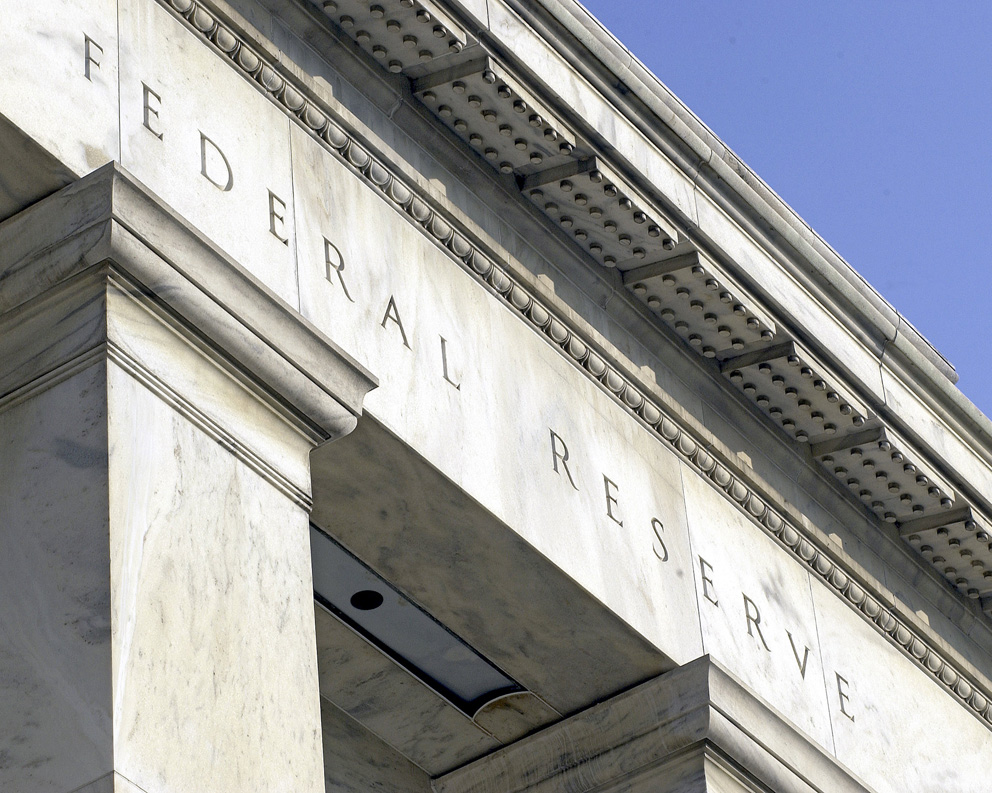By Hussein Sayed, Chief Market Strategist at FXTM
It has been a year since the Federal Reserve was forced to lower interest rates to zero, joining other central banks in taking measures to prevent a severe economic downturn led by the coronavirus pandemic.
The Fed emergency action back then included an additional $700 bln in asset purchases, expanded repurchase operations, swap lines with foreign banks and credit facilities to commercial banks.
Fast forward a year and the US economy looks in a better shape than most other developed economies, thanks to a second heavyweight $1.9 trln stimulus package and three vaccines promising an end to the Covid-19 pandemic. Growth and employment estimates have been revised sharply higher by the private sector, with Morgan Stanley now expecting the economy to grow 8.1% this year.
Despite the rosier economic outlook, this week’s Fed meeting is expected to be absent of major policy changes. Nevertheless, how officials see the economy and rates heading over the upcoming years is crucial for investor’s decision making.
A lot has changed since December when the Fed last updated its economic projections. GDP was estimated to grow 4.2% and unemployment to decline to 5% by year-end. Expect these forecasts to significantly change on Wednesday when the new forecasts are released.
While these upgrades should be positive to risk sentiment, it is the inflation forecast that matters most to investors at this stage.
Markets are betting that inflation will rise at a faster pace than official’s estimates. Massive stimulus combined with fast vaccination rollouts and low interest rates are all seen as ingredients for rising prices.
Inflation expectations have soared over the past three months with five-year breakeven rates rising to 2.6%, the highest since 2008.
10-year Treasury yields seen rising 2%
US 10-year Treasury yields are now trading above 1.6% and some market participants are betting the benchmark could reach 2% before year-end, which would lead to a further selloff in growth stocks that have benefited from low interest rates.
Fed Chair Jerome Powell has attempted to play down fears of rising prices on numerous occasions as he expects any surge in inflation will likely be more temporary than sustained. On Wednesday, we will get to know whether Powell and his colleagues are getting more aligned with market expectations or continue to see the matter differently.
As of December, only five out of 17 Fed officials expected interest rates to move higher by 2023. The median projections continued to reflect no interest rate hikes through to 2023.
However, if four or more participants joined those who expect a rate hike in two years, that would suggest an earlier exit from loose policy, and hence could bring additional volatility to equity markets and strengthen the dollar.
There is no doubt that the recent surge in US government debt yields has caught the attention of officials, but there have been no signs that they are ready to step in.
So far, implementing yield curve control does not seem to be on the table, but whether the Fed will shift its asset purchases to more long-dated bonds remains a question to be answered on Wednesday.
Given the current environment, if the FOMC does not take action to calm volatility in debt markets, we should be prepared for another selloff in growth stocks, especially in the highly priced Tech firms.
For information, disclaimer and risk warning note visit: FXTM
FXTM Brand: ForexTime Limited is regulated by CySEC and licensed by the SA FSCA. Forextime UK Limited is authorised and regulated by the FCA, and Exinity Limited is regulated by the Financial Services Commission of Mauritius









